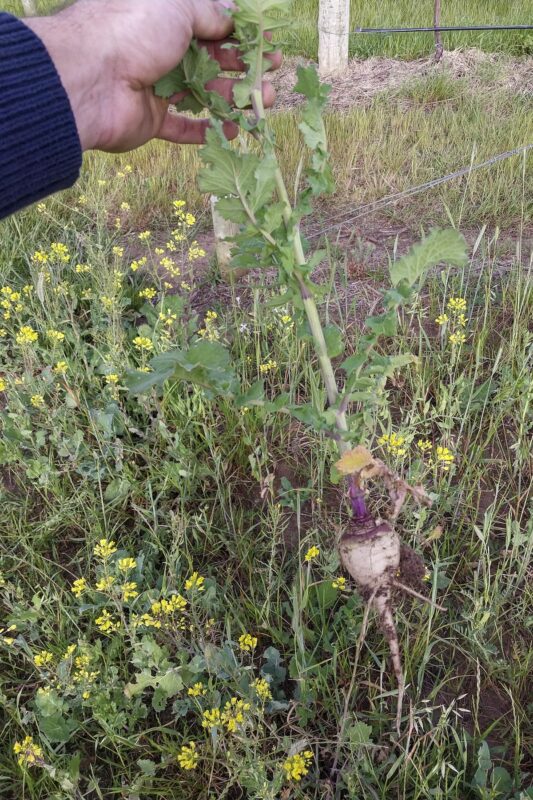Reviving the Land: Why Austins are embracing legumes

Here at Austins we are continuing our exploration of regenerative agriculture and are testing the transformative power of nutrient cycling. We aim to harness this process, especially in the context of nitrogen, to rejuvenate the soil in our winery. By embracing legume mixes and other regenerative practices, our team will continue to enhance the structure and character of the winery soil, fostering a sustainable and vibrant vineyard ecosystem.
Understanding Nutrient Cycling:
Nutrient cycling is the natural process by which nutrients are absorbed, transformed, and returned to the soil, creating a self-sustaining ecosystem. In the vineyard, nitrogen is a crucial nutrient, vital for grapevine health and growth. However, conventional agricultural practices can disrupt this cycle, leading to soil depletion and environmental issues.

The Role of Legume Mixes:
Legumes, such as clover, vetch, and peas, have a unique superpower: they are nitrogen-fixing plants. They form symbiotic relationships with nitrogen-fixing bacteria in their root nodules, allowing them to convert atmospheric nitrogen into a form that plants can use.

By incorporating legume mixes into our vineyard, we aim to set in motion a dynamic nutrient cycling process:
1. Nitrogen Fixation:
Legumes work in harmony with nitrogen-fixing bacteria to capture atmospheric nitrogen. They convert this abundant but inert nitrogen gas into ammonia, a form that plants can readily absorb. This process enriches the soil with bioavailable nitrogen.
2. Plant-Available Nitrogen:
As legumes grow, they accumulate nitrogen in their tissues. When these plants are mowed or plowed back into the soil (green manure), they release the captured nitrogen, making it accessible to neighbouring plants, including your grapevines.
3. Enhanced Soil Fertility:
The addition of nitrogen-rich legume residues enriches the soil with organic matter and boosts its nitrogen content. This is a boon for grapevines, which rely on nitrogen for vital processes such as leaf growth and photosynthesis.
4. Beneficial Microbes:
Nutrient cycling isn’t just about nitrogen. It involves a complex interplay of microorganisms that contribute to the soil’s overall health. The presence of legumes in your vineyard encourages diverse microbial communities that play a role in nutrient cycling, enhancing the soil’s structure and character.

Improving Soil Structure:
Legume mixes also promote soil structure by enhancing soil aggregation. Their extensive root systems create channels for air and water movement, reducing compaction. This aeration and improved water infiltration help your vineyard soil breathe and retain moisture efficiently.
Character and Terroir:
Nutrient cycling nurtures a rich and dynamic ecosystem within your vineyard, one that reflects the unique character and terroir of Austins grapes. As the soil becomes more balanced and fertile, grapevines can draw from a wellspring of nutrients, contributing to the distinctive flavour and quality of our wine.

The Regenerative Difference:
Embracing nutrient cycling through legume mixes is a regenerative approach that transcends traditional winemaking. This restorative practice will ensure the health of our vineyard’s soil, reduce the need for external inputs, and foster a sustainable ecosystem. It’s a win-win process for our grapes and the environment.
By following Alex Demeo’s lead and weaving legume mixes into our vineyard’s landscape, Austins is embarking on a journey of transformation, ensuring that our vines thrive while preserving the integrity of the land for generations to come. It’s not just about growing grapes; it’s about cultivating a legacy that respects and restores the Earth.
